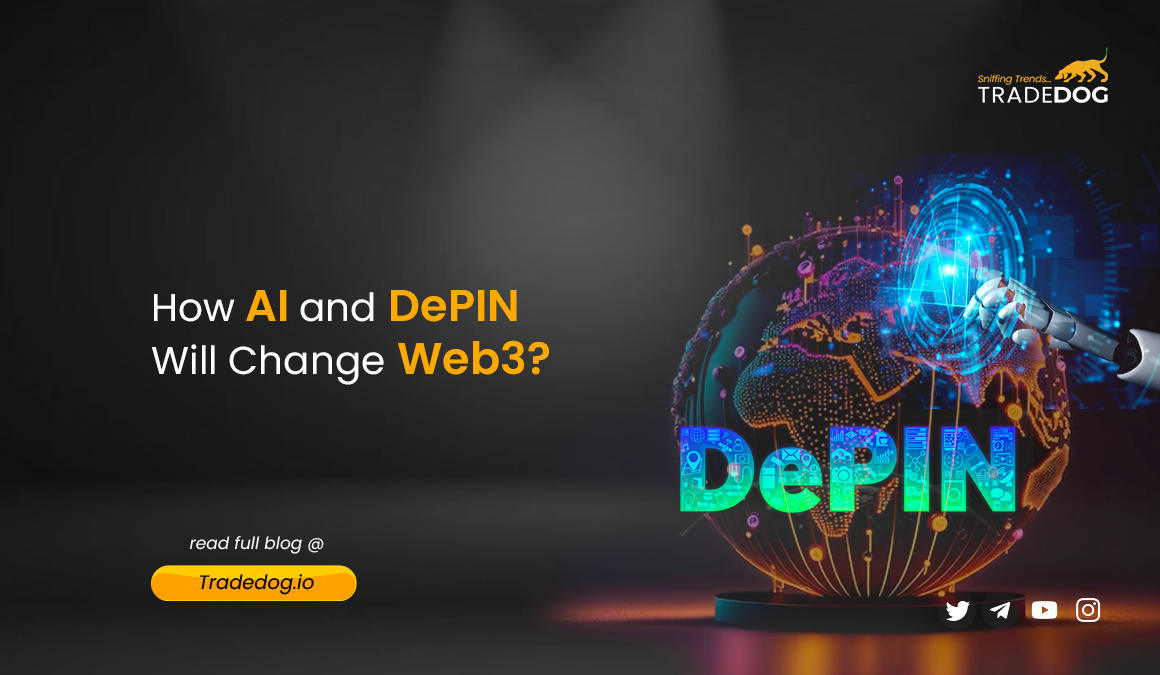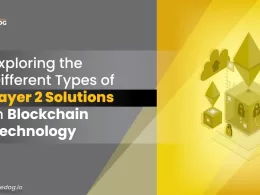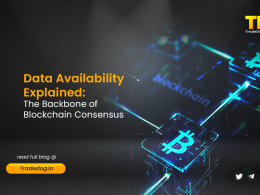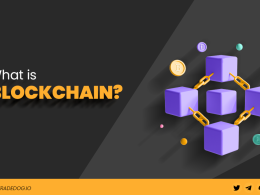Quick Links
The digital world is evolving at an unprecedented pace, and at the heart of this transformation are two powerful technologies: Artificial Intelligence (AI) and Decentralized Physical Infrastructure Networks (DePIN). Web3 represents a new paradigm in our digital interactions, promising a future where users have true ownership and control over their data. In this decentralized vision of the internet, AI and DePIN play crucial roles. AI, with its ability to analyze and interpret vast amounts of data, can drive intelligent automation and personalization in Web3 applications. On the other hand, DePIN ensures privacy and security, allowing users to control who has access to their data. Together, AI and DePIN are set to redefine the Web3 landscape, ushering in a new era of decentralized, intelligent, and privacy-preserving digital experiences
Artificial Intelligence (AI) and Its Role in Web3
AI can play a significant role in the context of Web3. It can help analyze and interpret the vast amounts of data generated in a decentralized network. This can lead to smarter applications that can learn and adapt over time. For example, AI can be used to create personalized experiences, automate tasks, and even detect fraudulent activities. The possibilities are endless and we are just scratching the surface of what AI can do in Web3.
Decentralized Physical Infrastructure Networks (DePIN)
DePIN is a new idea in the world of blockchain and cryptocurrency. It’s all about building and running physical infrastructure in a way that’s not controlled by one central authority. Instead, everyone can chip in to create and run things like transport networks, energy systems, and wireless connections. People are encouraged to do this through rewards in the form of cryptocurrency tokens.
In 2023, over 650 projects were using DePIN. These projects cover different areas like wireless networks, storage networks, compute networks, bandwidth networks, geospatial services, mobility, health, and energy. Each one uses DePIN in its way to make its infrastructure more decentralized and fair.
DePIN is getting a lot of attention as we move into 2024. A report from Binance Research in 2024 is very optimistic about DePIN. They think DePIN is one of the most exciting things happening in crypto and something to watch in the coming year. They also mention that Solana has become a significant player in DePIN, hosting projects like Helium, Render, Hivemapper, and others.
The DePIN Flywheel shows how these networks can grow and keep going. It starts with token rewards that draw people in to help build the network’s infrastructure. As more people join and the network gets bigger, it becomes more useful. This can make the tokens more valuable. This creates a cycle where the growing network brings in more users.
The Intersection of AI and DePIN in Web3
Artificial Intelligence (AI) and Decentralized Physical Infrastructure Networks (DePIN) are two powerful technologies that can significantly enhance the capabilities of Web3.
AI, known for its ability to learn from data and make intelligent decisions, can significantly benefit from the vast amount of data generated within DePIN networks. For instance, in a DePIN-based energy network, AI can analyze usage patterns, predict demand, and optimize energy distribution. This can lead to more efficient use of resources and lower costs for users.
Similarly, in a DePIN-based wireless network, AI can help manage data traffic. By analyzing network conditions and data usage patterns, AI can intelligently route data to avoid congestion and ensure smooth and fast data transmission. This can improve the quality of service for users and increase the overall efficiency of the network.
DePIN can provide the necessary physical infrastructure for AI to operate effectively. For example, AI algorithms require significant computing power to process data and make decisions. A DePIN-based compute network can provide this computing power in a decentralized manner, allowing AI algorithms to run efficiently without the need for centralized data centers.
Similarly, AI algorithms need to store and access large amounts of data, which a DePIN-based storage network can provide. By decentralizing data storage, DePIN can ensure that data is stored securely and can be accessed quickly and efficiently by AI algorithms.
Use cases of AI and DePIN in Web3
Smart Contract Auditing
Smart contracts are programs that run on the blockchain. They can have security flaws that lead to enormous financial losses. AI can check these contracts to make sure they work right and don’t have any problems. This makes smart contracts more reliable and trustworthy.
RWA Tokenization
Tokenization is when you turn real-world assets (RWAs) like houses, art, or money into digital tokens on the blockchain. A report says that the value of these tokens could reach $10 trillion by 2030. AI can help make and manage these tokens. It makes sure the tokens are safe and follow the rules. This lets people and businesses turn more kinds of assets into tokens.
Healthcare Data Management
Healthcare providers have to handle a lot of sensitive data. This can be risky. In 2023, hackers stole data from 11 million patients from a big healthcare company. AI can help keep this data safe. It can make secure, unchangeable records of patient data. This makes it easier for healthcare providers to use the data and keeps the data safe.
Energy Management
Managing clean energy is a big challenge. AI can help by figuring out how much energy people use and when they use it. It can also predict how much energy people will need in the future. People and businesses can use the blockchain to buy and sell extra energy directly from each other.
Gaming and Virtual Reality
The gaming industry is starting to use the blockchain more and more. It’s estimated that the value of blockchain gaming could reach $772.7 billion by 2032. AI can make games more immersive and responsive. It can also help make the process of making games more efficient. AI is changing the gaming and virtual reality industry in Web3.
Market Analysis and Automated Trading
The crypto market can change very quickly. In August 2023, traders lost $1 billion because of a sudden drop in prices. AI can help traders by looking at market data, what people are saying on social media, and news stories. It can then make predictions about what might happen in the market. This can help traders make better decisions and protect them from scams.
Fraud Detection and Prevention
Even though blockchain is secure and transparent, it can still be used for fraud. AI can help by looking for unusual patterns and behaviours in the blockchain. This can help identify potential threats and reduce fraud. The U.S. Federal Trade Commission says that consumers lost $8.8 billion to fraud in 2022. If AI and blockchain reduce this number, regulators could see the potential benefits of crypto.
Personalized Recommendations
We’ve been using personalized recommendations for a while now. But with Web3, AI, and blockchain, we can take customized recommendations to a new level. AI can look at blockchain data to understand what users like. It can then give users recommendations for new crypto, Web3, and NFT projects that they might like.
Data Analytics
Blockchains are ledgers that can’t be changed. They provide a lot of data to analyze. AI can quickly read, understand, and find connections in this data. This can bring a new level of intelligence to blockchain-based business networks. By providing a lot of data, blockchain can help AI provide more valuable insights. This can make for a better and more trustworthy data economy.
Supply Chain Optimization
AI and blockchain can transform supply chains, making them more efficient and transparent. AI can predict demand, manage inventory, and automate logistics processes, reducing costs and the risk of fraud and counterfeiting. This is significant as global companies lose $500 billion per year due to counterfeit products. By integrating AI and blockchain in supply chains, errors can be reduced, and resource allocation can be optimized, saving time and money for companies.
The Future of AI and DePIN in Web3
The future of AI and DePIN in Web3 is incredibly promising. As these technologies continue to evolve, they are expected to bring about significant changes in the way we interact with the digital world.
AI is anticipated to become more sophisticated and integrated into Web3 applications. It could lead to more personalized and intelligent digital experiences, from smarter recommendation systems to more efficient market predictions. The use of AI in auditing smart contracts and managing big data in blockchain networks is also expected to become more prevalent.
DePIN, on the other hand, is set to revolutionize the physical infrastructure of the internet. As more real-world assets get tokenized and more physical infrastructure gets decentralized, we can expect a more equitable and efficient deployment of resources. This could lead to significant cost savings and increased accessibility.
Together, AI and DePIN have the potential to create a Web3 that is not only more user-friendly but also respects user privacy and offers enhanced functionality. As we move forward, the synergy between these two technologies will likely be a key driver in the widespread adoption and success of Web3.









